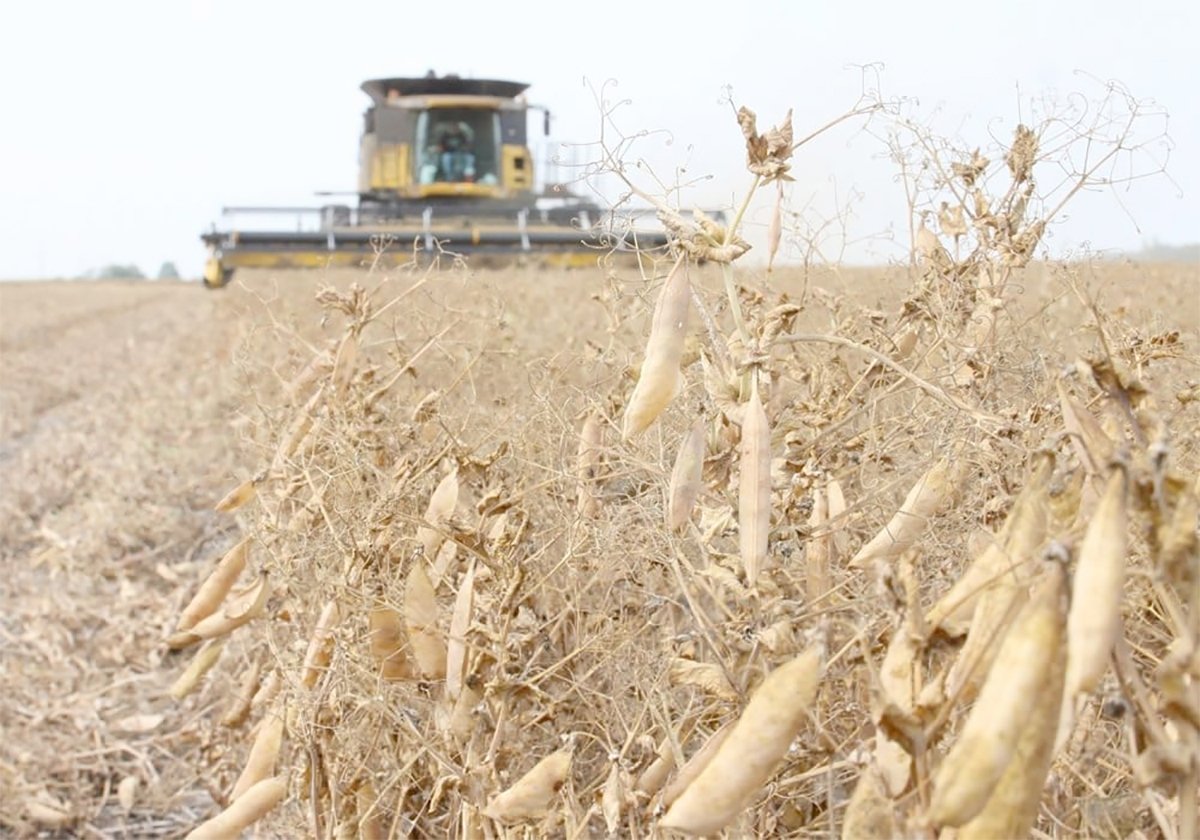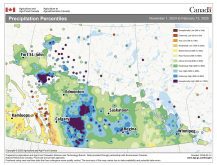China’s soybean spat with the United States will not result in a huge increase in Canadian canola sales to the Asian country, says a trader of the crop.
“You can’t really increase exports to China anything dramatically because you still have to be a registered crush plant there,” said Glen Pownall, managing director of Peter Cremer Canada.
The Chinese government has restricted sales of Canadian canola to 16 approved crush facilities throughout the country in an effort to prevent the spread of blackleg disease to its rapeseed crops.
Read Also

Chinese, Indian tariffs take toll on pea prices
The disruption of pea exports from Canada’s largest customers will likely result in slow pea exports for the remainder of the crop year.
The facilities have more than seven million tonnes of combined crush capacity, which would suggest there is plenty of room to expand on last year’s 4.3 million tonne export program out of Canada.
However, Pownall said the arithmetic is not that simple. Two of the plants are either bankrupt or restructuring, one can’t get the genetic modification certifications required for import, while another has switched to processing soybeans because of technical issues.
That leaves 12 plants. However, some of them are located in regions that can’t support a full crush program because of poor local oil and meal demand and others are making a blended soybean-canola packaged product.
Chinese crushers are also making better crush margins at times using soybeans imported from Brazil, Argentina and Canada rather than canola from Canada.
Meanwhile, west coast fobbing capacity is tight, so some Chinese crushers are unable to buy canola for November delivery.
With all those factors in mind, Pownall is forecasting a five million tonne 2018-19 canola export program to China, up 16 percent from last year.
The problem is Canada is going to lose demand in other markets such as Pakistan, which is shifting from crushing expensive Canadian canola to cheap U.S. soybeans. Pakistan was Canada’s fourth largest customer in 2017-18, purchasing 678,400 tonnes of canola.
One opportunity for increased canola exports is to the European Union, where growers are currently planting winter rapeseed.
The International Grains Council is forecasting a two percent drop in EU rapeseed plantings because margins are less attractive than they are for winter cereals.
Strategie Grains is forecasting a larger eight percent drop to 15.6 million acres from 17 million acres last year because of dry conditions in France, Germany and Poland.
“Rapeseed planting conditions are, overall, unfavourable throughout the EU and add to an already lacklustre economic context for oilseed crops in Europe,” the firm said in its monthly oilseed report, according to Reuters.
Some analysts feel the shift out of rapeseed and into wheat will lead to increased demand for Canadian canola to fuel Europe’s biodiesel sector, especially since the previous EU rapeseed crop was the smallest in more than a decade and carryout stocks were tight.
Pownall said Canada might export slightly more to the EU, but once again, the problem is that crushers want to run their plants on cheap U.S. soybeans.
In the final analysis, he thinks the ups and downs will balance out.
“I wouldn’t have a great expectation that our exports this year will be much different than they were last year,” he said.
Pownall is forecasting that 2018-19 carryout will be slightly smaller than last year’s 2.4 million tonnes rather than cut in half like Agriculture Canada is predicting.
What he is optimistic about is Canada’s soybean export program to China, considering U.S. exporters are facing a stiff 25 percent tariff shipping beans to that market.
“The economics suggest we should point every arrow that we have towards China, whether it’s eastern beans or western beans,” he said.
“It’s going to be a huge export program to China.”
















